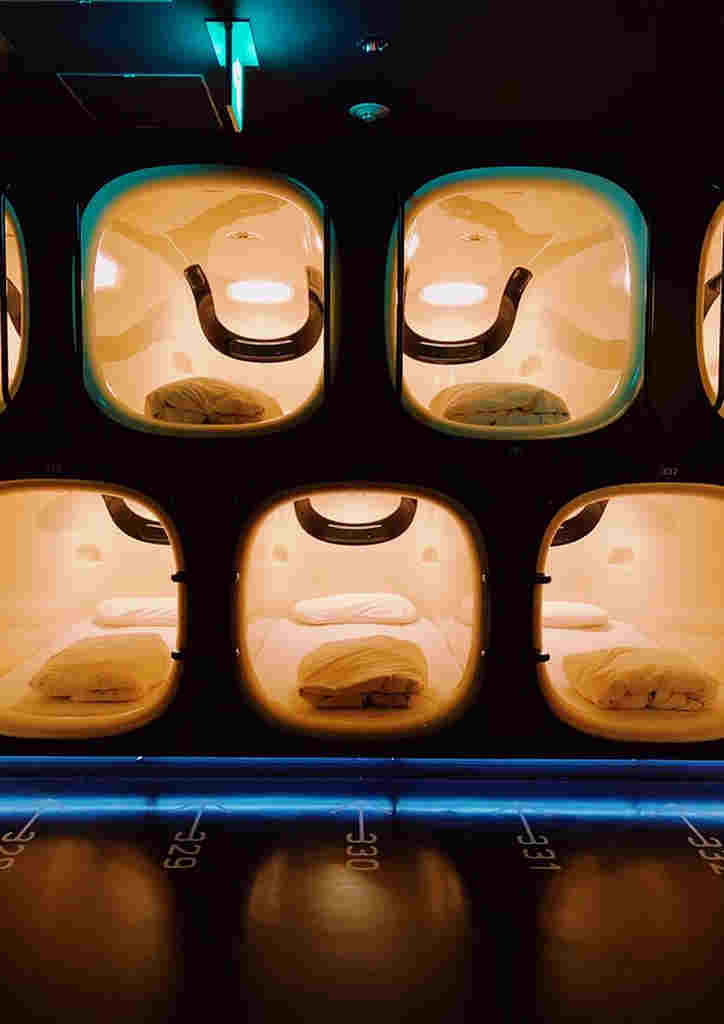There is a wide range of accommodation types available in Japan. You will find thousands of options for a western style hotel throughout the country. However hotels are not the only places you can spend a night in Japan.
The accommodation choices also include Japanese style inns (Ryokan), guest houses (Minshuku) and temple lodging (Shukubo), all of which offer you more localised and unique experiences. Your experience will be quite different depending on how you want to spend a day or night in the particular area.
On our Small Group Tours and Private Tours, we try to give you variety in your experience by mixing different types of accommodation. Whether you are travelling solo, as a couple, or as a family, why not consider these alternative options for unique accommodation in Japan?

Ryokan
The first type of accommodation unique to Japan is the ryokan. Ryokan is a Japanese style inn. More than just a place to sleep, a ryokan offers an opportunity to experience the Japanese traditional lifestyle and hospitality. For many Japanese, a ryokan is a destination in itself.
When you enter the ryokan premises, your experience starts as you take your shoes off and change to a pair of provided slippers. A ryokan is often run by a family, and its size ranges from a few rooms to hundreds of rooms in a large building. Apart from the guest rooms, a ryokan usually includes facilities such as a dining area, public bathhouses for men and women and a guest lounge beside the reception area. When you first arrive at a ryokan, you are asked to sit in the lounge and given some refreshments such as green tea or cold drink in summer. Then the staff at the ryokan will explain the facilities and meals while you are having the refreshment.
Room in Ryokan
A typical guest room at ryokan has a tatami floor where you need to take your slippers off and enter the room barefoot. In the room, you will find a large low table in the middle and zabuton cushions (square flat cushions to sit on) around a low table. There is a TV set, tea set, mini fridge and often chairs and small table near the window. In a Japanese style room, you will not find a bed when you first enter. Commonly, your futon (mattress and blanket) will be laid ready for you, in your tatami room, while you are out for dinner. Some ryokans offer a western style bed in a Japanese style room.
Amenities provided in your room at ryokan are similar to typical Japanese hotels, such as bath towels, toothbrush, comb and shaver. However, instead of pyjamas, a yukata (cotton kimono robe pictured above) and an obi (sash belt) will be provided. You can walk around premises wearing the yukata, to the dinner and the bathhouse. It is also common to see that people walking around in yukata in a onsen town.
Food in a Ryokan
At a ryokan, you will enjoy the gorgeous kaiseki cuisine for dinner. It is a traditional Japanese style course meal comprised of many small dishes often cooked with fresh local produce. For some the kaiseki dinner is a highlight and a reason for selecting a particular ryokan as it can feature local specialities such as a brand wagyu beef or prized seafood.
The following day, you will have a Japanese style breakfast which is once again made up of a variety of small dishes. Usually, it includes a bowl of rice, miso soup, some pickles, an egg dish and some grilled fish.
Onsen (hot spring)
Ryokans are usually located in an onsen (hot spring) town. Large public onsen baths at ryokan are usually built with nice view or gardens. Some ryokans have rooms with a private onsen bath. A rotenburo is an outdoor bath where you can soak in onsen with a great view of nature. Soaking in the mineral water is very nourishing and relaxing. The colour, texture and mineral composition of hot spring water is different depending on the location. Minerals in hot spring water have many health benefits easing many conditions such as skin problems, body aches and pains and more.
Onsen is definitely one of the most popular leisures for Japanese. This is another, if not “the” highlight of ryokan stay for many. The bath is generally available until late night and open from the early morning. Many Japanese guests take a bath more than once during their stay, for example, the first time after their arrival, then before dinner, after dinner and early morning before breakfast. You can enjoy and relax in the bath at your ryokan as much as you want during your stay. It is good to take an onsen bath after you wake up in the morning too, especially in a rotenburo where you can soak in warm hot spring water and feel fresh air and morning sunshine along with the view.
A ryokan, for Japanese people, is not seen simply as accommodation but rather a place to stay away from busy daily life, relax and spend a quality time. It is a special treat for oneself for hard work, or for someone like your parents to show your appreciation. Why not spend a day or two and relax at ryokan during your trip in Japan?
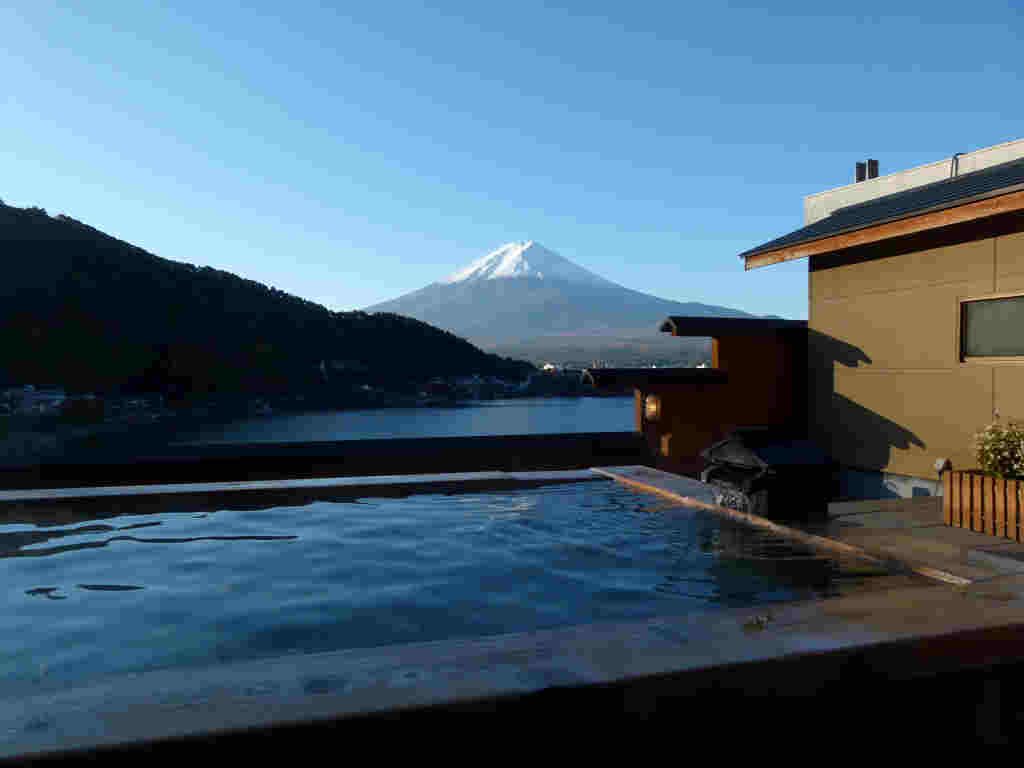

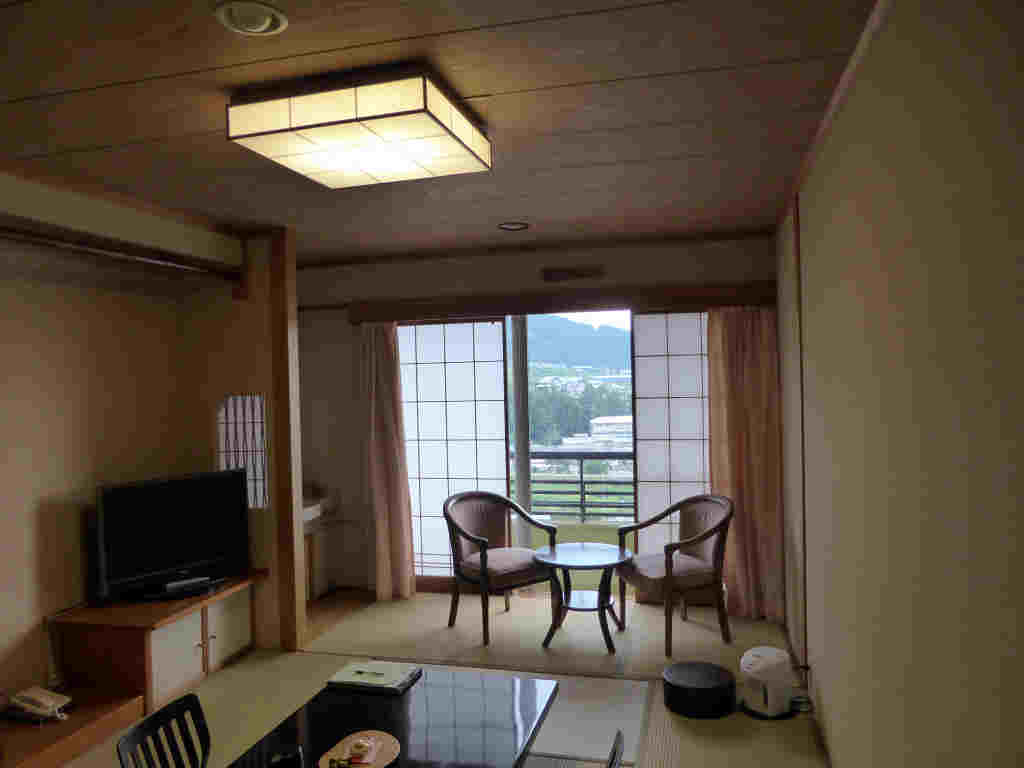
Shukubo
Another type of accommodation unique to Japan is a shukubo. Shukubo literally means “sleeping with monks”. Many Buddhist temples in Japan offer visitors a chance to stay overnight and experience the daily life of the temple. A shukubo room is normally very basic.
Originally, back in the past, shukubo was a facility to accommodate monks or people who were visiting a temple from far away. Today it has become one of the popular accommodation options among Japanese people and foreign tourists too.
One of the highlights of staying at a temple is the shojin ryori (Buddhist vegetarian meals). Shojin ryori was developed around the Buddhist moral precepts that prohibit taking the lives of other creatures. You will be surprised by how tasty shojin ryori is.
Temples usually invite their guests to participate in morning prayers which typically start early morning. Some temples also offer other activities such as zazen meditation.
Shukubo are usually located around the area famous for pilgrimages such as Koyasan in Wakayama prefecture and Dewa Sanzan in Yamagata prefecture. One of our small group tours, Walking Tour of Northern Japan includes a stay at a Shukubo, so guests can experience this unique form of accommodation.

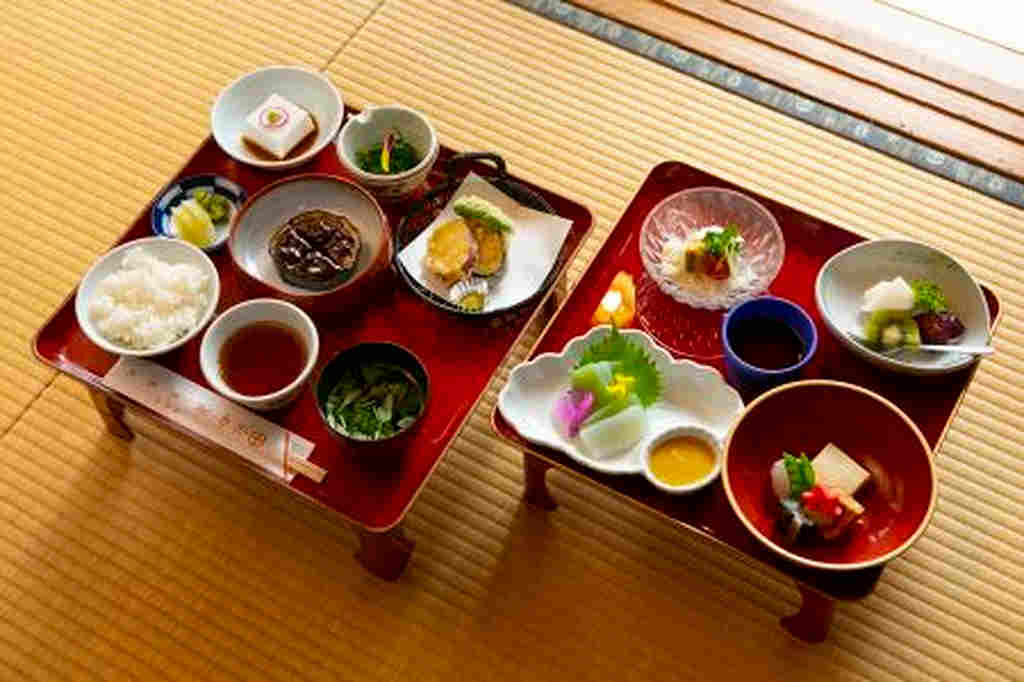
Minshuku
Minshuku is Japanese style Bed & Breakfast or guest house. Another of the unique style accommodation Japan offers, where you can have a good opportunity to meet local people and experience the traditional Japanese lifestyle. Minshuku are typically family operated and located in smaller country towns and villages. Normally, Minshuku have less than a handful of rooms. In such remote places, you will often find it hard to locate western style hotels as well as shops or restaurants in vicinity.
You will have a private room, a Japanese-style tatami floor room with futon bedding to sleep on. Bathroom and toilet facilities are usually shared with other guests. Scrumptious homemade local dinner and breakfast are served by the host.
Recommended location
Our Autumn Tour of Japan’s Wild West, Walking Tour of Japan Alps, and Walking Tour of Central Japan all include minshuku stays in Shirakawa-go, Gokayama or Nakasendo.
Shirakawa-go and Gokayama are listed as UNESCO World Heritage Sites, and famous for their traditional farmhouses called “gassho-zukuri”. They have very heavy snow during winter in this area. So, gassho-zukuri have steeply-pitched thatched roofs, which are designed to cope with heavy snow. The steepness of the design of the roof helps the snow to slide off these farmhouses easily. The name gassho-zukuri means “hands pressed together in prayer”.
People in these villages still live in these traditional style houses, many of which also function as Minshuku. An overnight stay at one of these farmhouses is highly recommended experience, as it is a great way to see a very traditional Japanese family home and immerse deep into Japanese culture.
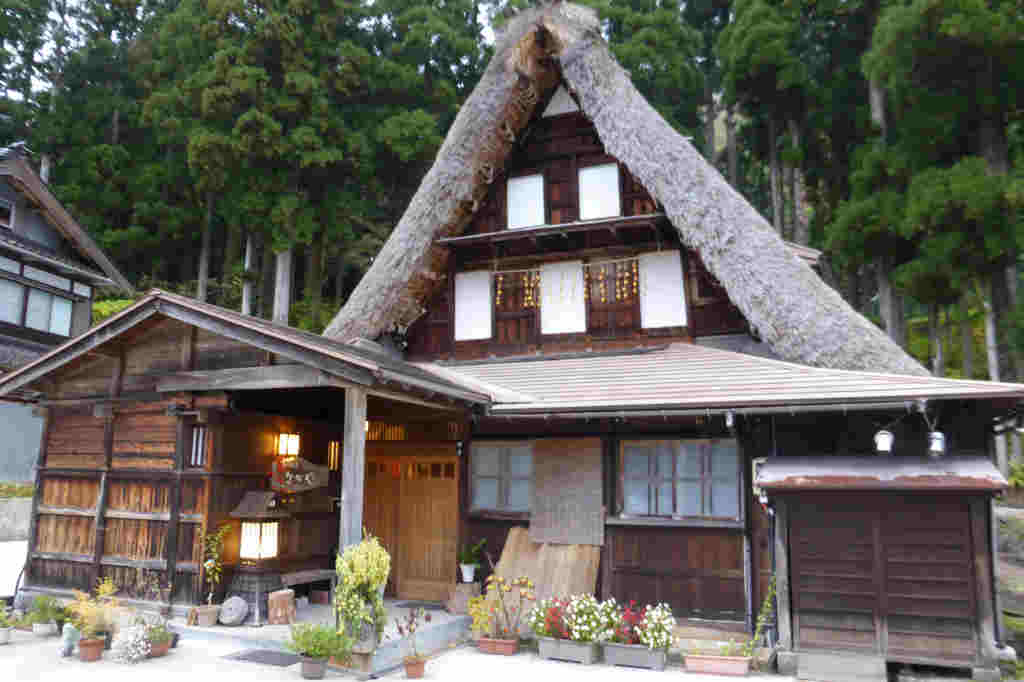
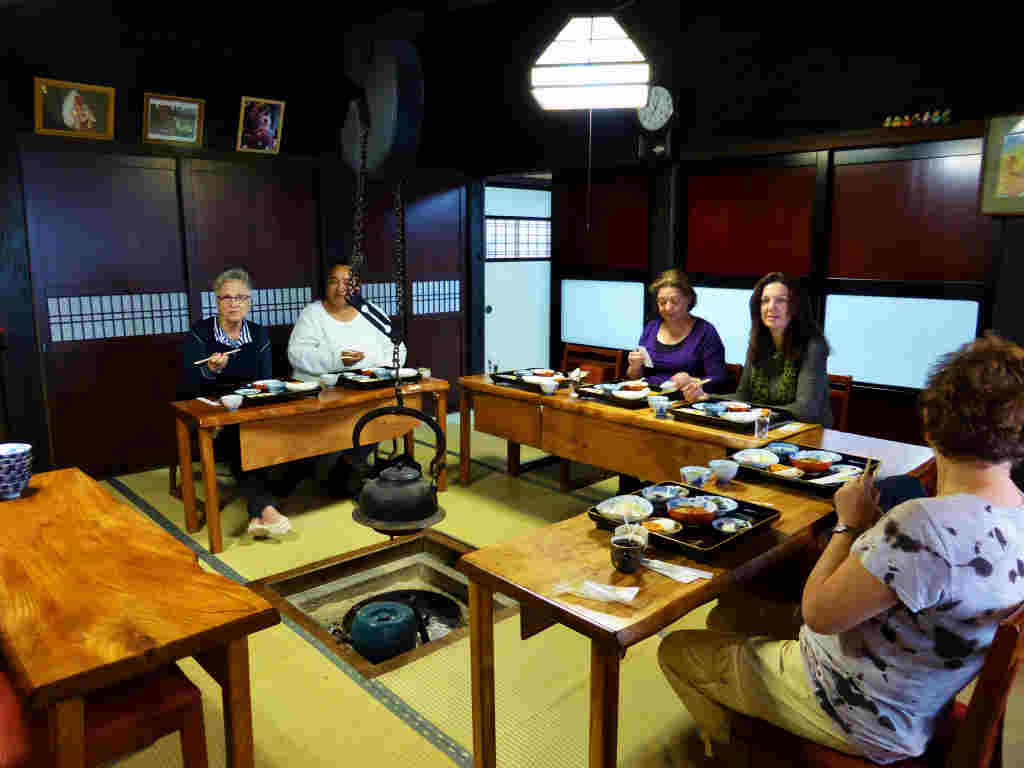
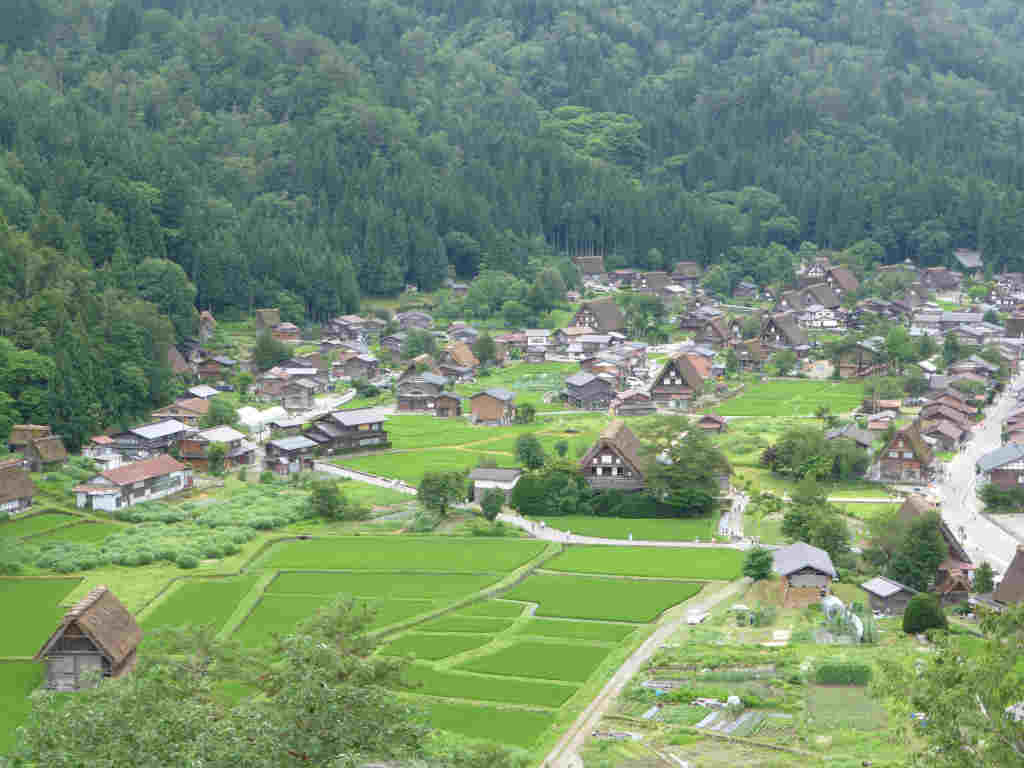
Capsule hotel
One of Japan’s inventions, the world’s first capsule hotel opened in 1979 in Osaka. This unique type of accommodation consist of rows and rows of compact, self-contained “capsules”. A bed-sized cell gives guests a private place to sleep or rest. There are also lockers to store your bag or suitcase and communal facilities such as toilets and showers.
Capsule hotels were traditionally geared more for “salarymen” (office workers) and young people to spend an affordable night if they missed the last train home. However, these days they have become one of the tourist attractions in themselves. They could be the lowest budget option for some people, or once in a lifetime experience for others.
Is “spending a night in capsule hotel” on your to-do lists in Japan? You can easily find them around major train stations and airports. It might be also good idea to stay for few hours and freshen before your flight back home, as the room space is very limited and hard to get a good rest.
